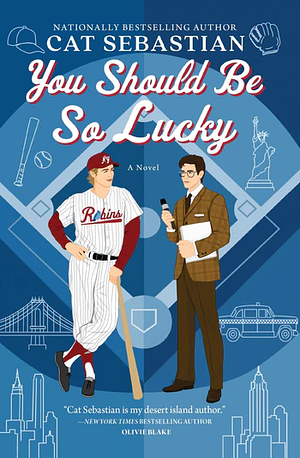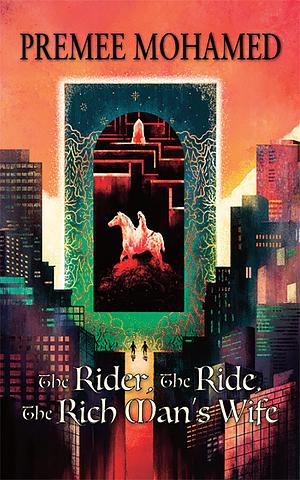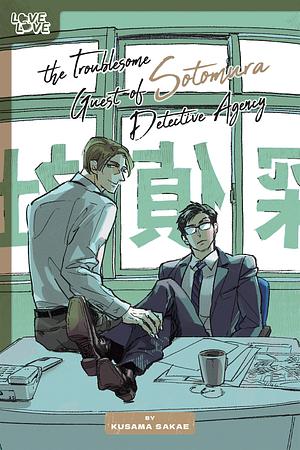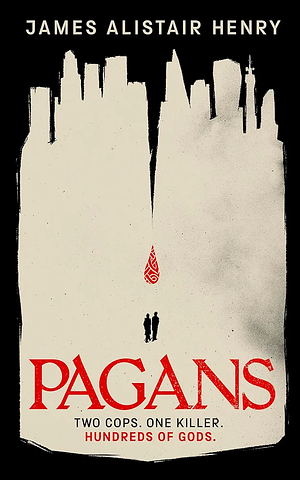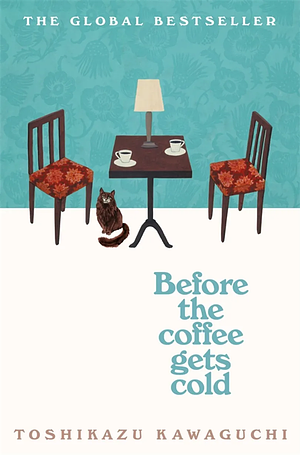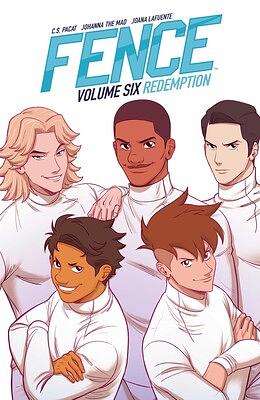
Continental Crimes
by Martin Edwards (editor)
Genres: Crime, Mystery, Short StoriesPages: 352
Series: British Library Crime Classics
Rating:

Synopsis:A man is forbidden to uncover the secret of the tower in a fairy-tale castle by the Rhine. A headless corpse is found in a secret garden in Paris--belonging to the city's chief of police. And a drowned man is fished from the sea off the Italian Riviera, leaving the carabinieri to wonder why his socialite friends at the Villa Almirante are so unconcerned by his death.
These are three of the scenarios in this new collection of vintage crime stories. Detective stories from the golden age and beyond have used European settings--cosmopolitan cities, rural idylls and crumbling chateaux--to explore timeless themes of revenge, deception, murder and haunting.
Including lesser-known stories by Agatha Christie, Arthur Conan Doyle, G.K. Chesterton, J. Jefferson Farjeon and other classic writers, this collection reveals many hidden gems of British crime.
Continental Crimes is a collection of classic/Golden/Silver Age crime stories from British writers but set in Europe, and is edited as usual by Martin Edwards. It actually contains a Christie story, which is rare for the series (though Parker Pyne is a fairly meh detective), along with a non-Holmes Arthur Conan Doyle… but. I’m afraid it got a bit boring, and e.g. the Reggie Fortune story chosen was almost incoherent and had an absolutely infuriating number of random exclamations from Reggie (“my aunt!” etc etc).
It’s a fun idea for a collection, and they weren’t all duds, but the overall effect is fairly uninspiring. Despite the convincing line-up of authors, the stories just don’t sparkle, so it feels pretty stodgy.
Might be better reading one at a time/spacing them out, or just dipping in for the ones that sound interesting.
Rating: 2/5 (“it was okay”)



